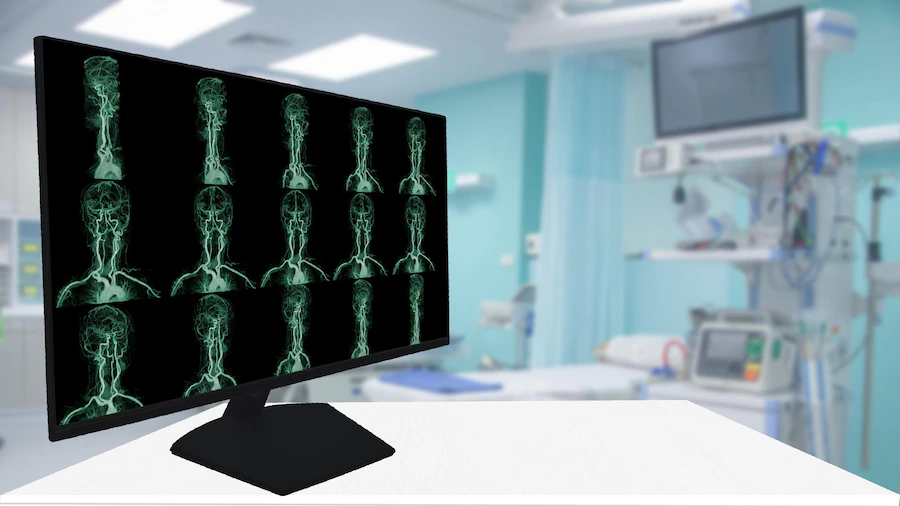Student-Centered Learning (SCL) is a teaching method highly relevant to today's technological advancements as it focuses on the students. This method positions students as the primary subjects in learning, encouraging them to be more active and fully engaged in the learning process.
As a parent aiming to guide your children toward a bright future, it's essential to provide them with the best education from an early age. Sampoerna Academy has adopted the SCL method in its teaching approach. Let’s explore this method in depth to understand its benefits and principles.
What is the Student-Centered Learning Model?
SCL is a teaching approach that makes students more active and engaged during the learning process by positioning them as the main focus. This method significantly enhances education quality and progress.
Here are the key characteristics of the SCL method:
- Teachers as Supporters and Facilitators: Teachers assist students in becoming more independent and creative in developing the subject matter.
- Openness to Feedback: Educators are open to constructive criticism and have broad insights to guide students effectively.
- Personalized Teaching Strategies: Teachers can tailor their material delivery based on the specific needs of each class.
- Self-Assessment: Students can measure their performance and set their own learning goals.
- Active Participation: Students play an active role as subjects of the learning process.
- Freedom of Choice: Students can choose themes or topics and determine how to present them.
- Exploration of Creativity: Learning materials serve as guidelines rather than fixed rules, allowing students to creatively develop the content.
- Collaboration: Students work together to enhance and expand their understanding of the material.
- Self-Monitoring: Students are encouraged to oversee and evaluate their own learning progress.
The Four Pillars of Student-Centered Learning
SCL is built on four main pillars designed to foster imagination, creativity, and independence among students:
1. Voice
The first pillar emphasizes encouraging students to actively voice their opinions and creative ideas during learning activities. This approach motivates students to participate and positions them as the central figures in the classroom.
2. Choice
Students, as the subjects of learning, are given the freedom to select the topics they wish to study. Teachers facilitate this process to ensure students enjoy a more engaging and dynamic learning experience.
3. Competency-Based Progression
This pillar ensures that students master each topic before advancing to the next, allowing them to progress according to their individual competencies and achieve satisfying results.
4. Continuous Monitoring of Students' Needs
This pillar enables teachers to adapt their teaching strategies to meet each student's evolving needs, ensuring consistent development and responsiveness.
Objectives of Student-Centered Learning
The SCL method aims to:
- Enable students to explore knowledge independently;
- Encourage deeper understanding and improvement of student quality;
- Enhance creativity;
- Promote critical thinking, analysis, and problem-solving skills.
Benefits of Student-Centered Learning
Here are the four primary benefits of implementing the SCL method for students:
1. Increased Activeness
Students engage in discussions, projects, and collaborations, fostering greater responsibility and involvement in their learning.
2. Enhanced Critical Thinking and Problem-Solving Skills
Students develop their ability to analyze, evaluate, and make decisions, sharpening their critical thinking and problem-solving abilities.
3. Greater Independence
Students learn to manage their time, set goals, and solve problems independently, boosting confidence and preparing them for the future.
4. Personalized Learning
Teachers adjust their teaching to suit individual students' needs, enhancing motivation and learning outcomes.
Examples of Student-Centered Learning Implementation
Some examples of SCL in action include:
- Small Group Discussions: Students discuss and share ideas in smaller groups.
- Simulations and Demonstrations: Practical and visual learning experiences.
- Case Studies: Analyzing real-world cases to apply knowledge.
- Discovery Learning: Encouraging independent exploration.
- Collaborative and Cooperative Learning: Group-based learning with specific roles and shared goals.
- Contextual Instruction: Relating lessons to real-life situations.
- Problem-Based Learning: Solving complex problems through in-depth inquiry.
- Project-Based Learning: Conducting projects requiring research and application of knowledge.
Student-Centered Learning at Sampoerna Academy
Sampoerna Academy has successfully implemented the SCL method, integrating it with STEAM (Science, Technology, Engineering, Arts, and Mathematics) and project-based learning. As a pioneer in STEAM education in Indonesia, Sampoerna Academy engages students in investigation, collaboration, and presentation, fostering self-confidence and independence.
The academy’s goal in adopting SCL and STEAM is to prepare students with high-quality academic qualifications. STEAM, as one of the world’s best curricula rooted in American education, also enables Sampoerna Academy graduates to compete globally.
Student-Centered Learning: The Best Model for Students!
SCL aligns perfectly with rapid technological developments, optimizing students’ imagination, creativity, and independence. This method ensures students are actively involved and engaged in the learning process.
By choosing Sampoerna Academy, you provide your children with the best educational foundation, from preschool to high school. Early investment in quality education is the best strategy for a competitive and bright future.


